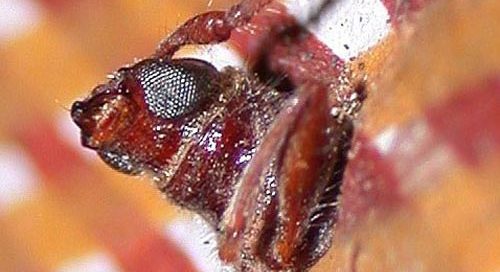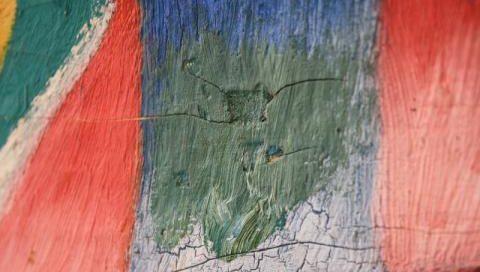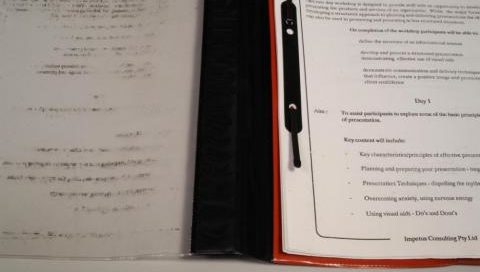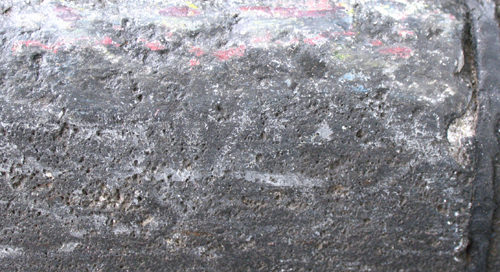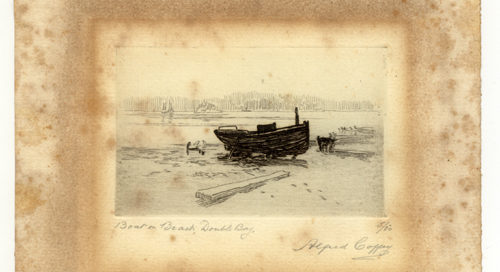exit holes
Adult female borer beetles lay eggs within susceptible timbers; books and stacked paper may also provide a suitable habitat. The eggs hatch into larvae, which feed on the starch content of the wood and create networks of tunnels. When fully grown, the larvae pupates to become an adult beetle, finally emerging through a hole made
